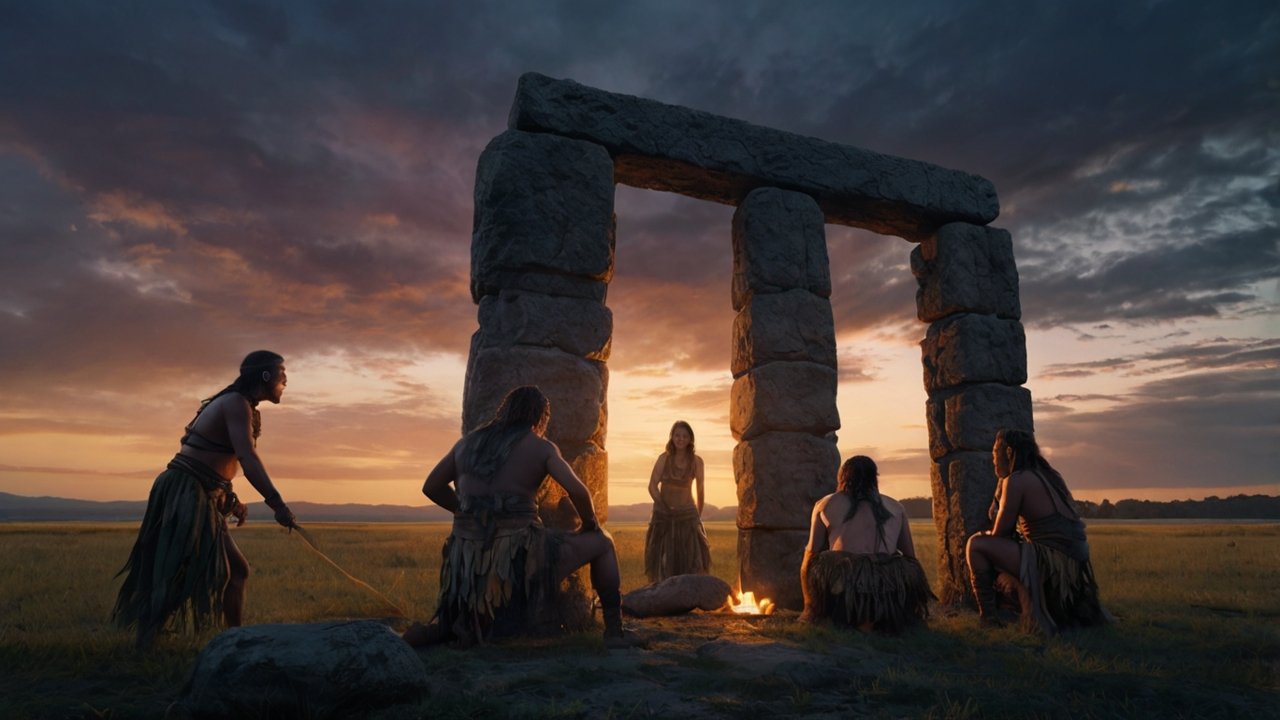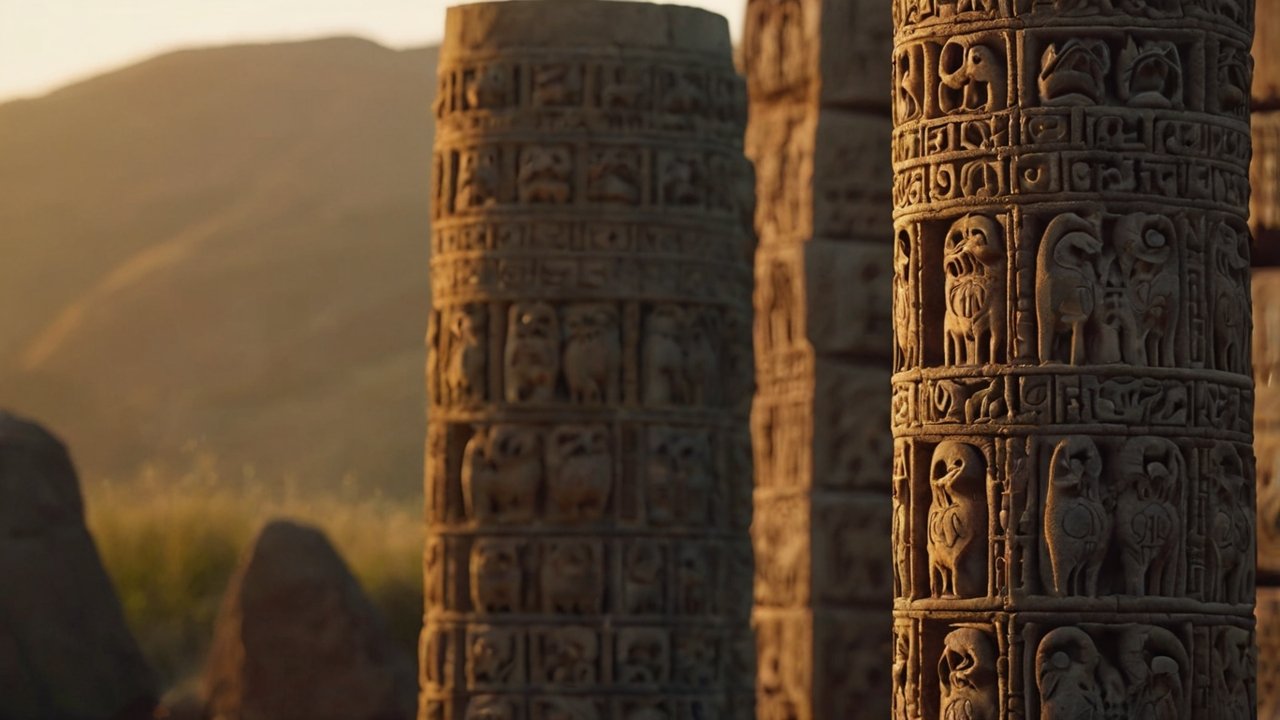Unraveling the Secrets of Göbekli Tepe
Hidden beneath the rolling hills of southeastern Turkey lies an ancient enigma: Göbekli Tepe. This prehistoric site, discovered in the 1960s but fully excavated in the 1990s, has rewritten the history of human civilization. Dating back to over 11,000 years ago, Göbekli Tepe challenges everything we thought we knew about early societies and their capabilities.
The Discovery of Göbekli Tepe

In 1994, a German archaeologist named Klaus Schmidt stumbled upon an archaeological wonder that would change history forever. What appeared to be simple piles of rocks turned out to be intricately carved stone pillars, arranged in circular formations. This was Göbekli Tepe, a site that predates Stonehenge by thousands of years.
A Temple Older Than Civilization?

Before the discovery of Göbekli Tepe, historians believed that complex societies and monumental architecture only emerged after agriculture took hold. However, this site suggests that hunter-gatherers were capable of constructing massive stone temples long before settled life began. The sheer scale of Göbekli Tepe implies that early humans had already mastered organization, labor division, and even artistic expression.
Carvings That Speak of a Forgotten World

Each pillar at Göbekli Tepe is adorned with intricate carvings of animals—snakes, scorpions, lions, and birds—symbols that may represent mythology, religious beliefs, or warnings of the past. The meaning of these carvings remains a mystery, leaving historians and archaeologists puzzled.
How Did They Build Göbekli Tepe?

The construction of Göbekli Tepe poses a major question: how did hunter-gatherers transport and erect 20-ton stone pillars without metal tools, wheels, or domesticated animals? Some researchers suggest that thousands of workers must have been involved, hinting at a sophisticated level of social organization.
A Burial of Mystery: Why Was Göbekli Tepe Buried?

One of the most perplexing aspects of Göbekli Tepe is that it was deliberately buried around 8,000 BCE. The reason remains unknown—was it abandoned, concealed for protection, or simply part of an ancient ritual? The answers are lost to time, hidden beneath layers of earth and mystery.
Theories and Speculation: Was It a Place of Worship?

Some experts believe that Göbekli Tepe was a religious center, where early humans gathered for ceremonies, sacrifices, and celebrations. Others suggest it was an astronomical observatory or a gathering place for nomadic tribes. Despite numerous theories, its true purpose remains unknown.
Göbekli Tepe and the Dawn of Civilization

As research continues, Göbekli Tepe continues to reshape our understanding of early human civilization. It challenges the belief that agriculture led to large societies—perhaps, it was sacred sites like this that brought people together, laying the foundation for civilization itself.
Will We Ever Know the Truth?

The mystery of Göbekli Tepe is far from solved. New discoveries emerge every year, offering glimpses into our prehistoric past. Perhaps one day, we will finally unlock its secrets and understand the true story behind humanity’s first great temple.




